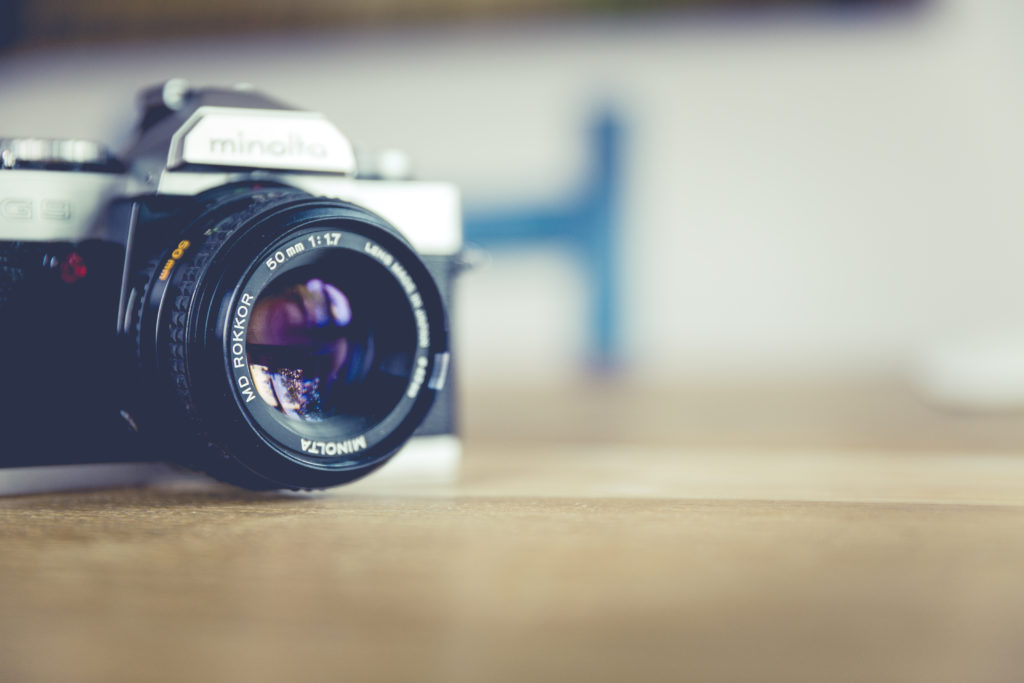When you get into photography, you'll realise that you can go as deep as you want to. Many spend a lifetime learning the craft and trying to perfect their images.
The reality is though, that a little knowledge of the fundamentals of photography can go a long way to dramatically improving your skills. In fact, a couple of hours committing some basic information to memory will put you ahead of the crowd.
Below are the absolute basics we'd recommend a beginner to learn. How far you go down the rabbit hole after that… well, that's up to you!

The Exposure Triangle
– If you know how the exposure triangle works, then you essentially know the basics of how your photographs will turn out and you can build your skills with the manual functions of your camera from that solid basis.
Aperture
– Among the components of the exposure triangle, it is perhaps aperture that has the most impact on the visual aesthetic of an image; aperture also tends to be the component of the exposure triangle that new photographers struggle with understanding.
ISO
– ISO is one of the three exposure elements which you should almost always try to keep to a minimum. The less ISO, the better. It means less light, but it also means a cleaner, sharper image with a greater dynamic range.
Shutter Speed
– On all DSLRs (and many mirrorless cameras) with a mechanical shutter, there is a shutter curtain right in front of the sensor. This curtain opens and closes with each picture taken. When the shutter curtain is open, light reaches the sensor, creating the image. Shutter speed is basically the amount of time for which the curtain remains open.
The Essentials of Composition
– Composition isn’t just about knowing where to place elements in a frame. It isn’t just about finding lines that lead to your subjects, or identifying patterns that potentially fit S-curves or golden spirals. There are different skills involved in composition. Some of these abilities are obvious while some are not.
The Rule of Thirds
– When it comes to learning photography, there are some rudimentary rules and skills that everyone needs to understand quickly if they are going to start producing great images. In the world of art and photography, no rule is more fundamental than the Rule of Thirds.
What the Controls on Your Camera Do
– Your camera may be newer or older, may be a different make or model, may have more or less buttons, but the core controls outlined here can be found on virtually every DSLR. If you’re averse to reading manuals, as I am, then this is a good starting point for you — but you should probably get to flipping through that manual some day.






